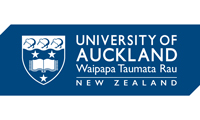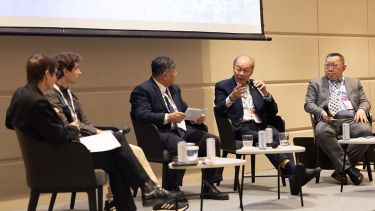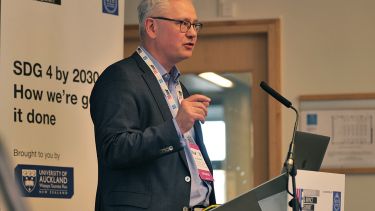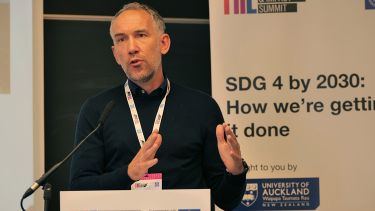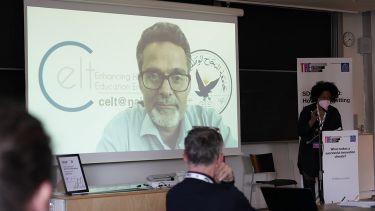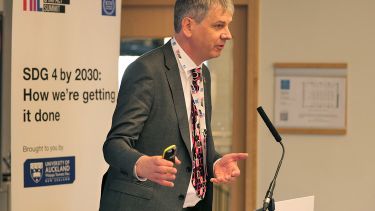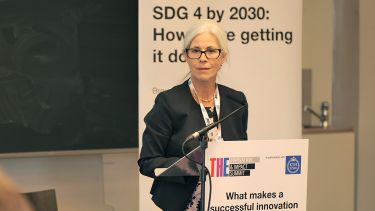
Universities must learn to weather the storm of technological disruption and use it to their advantage if they are to stay relevant for the 21st-century student
Speaking at the University of Auckland’s pre-summit event before Times Higher Education’s 2022 Impact and Innovation Summit, Sharron McPherson, co-founder of the Centre for Disruptive Technologies (CDT), warned delegates that higher education was facing an extinction-level event if it did not evolve. “Higher education as it is structured right now is a thing of the past,” she said. “Don’t be a dinosaur.”
Arguing that the disruption caused by the pandemic was a teachable moment for the sector, McPherson said higher education should not let the crisis go to waste. “There is no return to normal,” she said. “And why would we want to? Normal was broken. I think we are in deep trouble, and it’s good trouble. We need to be in trouble because the system was broken before the pandemic.”
McPherson said the present model was unsustainable, unchanged over centuries, and the sector was in the midst of a technological revolution that it barely understood. It was vital that educators seized the initiative and confronted their anxieties over technological disruption sooner rather than later.
“The future of education is not education; it’s learning,” she said. “We need to be asking ourselves, ‘How are these technologies shaping the future of learning?’ Your clients are already way out there ahead of you on this stuff, and this is all about innovation and impact. Innovators are trendsetters. But you can’t set the trends if you don’t know what the trends are.”
McPherson explained that the types of technologies that are changing the world could be grouped into six categories. There were those that enabled the digital economy, such as communications tech. There were technologies for global healthcare and wellness, for intelligent systems, such as AI, edge computing and the internet of things. Technologies were expanding the space in which people, enterprises and governments operate, augmenting the nature of work. Finally, there were fundamental technologies, and the convergence of AI and robotics with quantum computing. It was critical that higher education could make sense of these and be able to teach them.
“You need to know about this because this is shaping your world,” she said. “And so how are you teaching people about things that are relevant when they are so far out in front of you half your students are thinking, ‘This person doesn’t really know much at all.’”
This, McPherson said, is the kind of feedback she hears at the CDT. If the sector fails to evolve, learners might see their degree programmes as increasingly poor value. They will look elsewhere – perhaps to microcredentialling and industry-led training via Microsoft or Google. McPherson encouraged universities to audit their operations and democratise access to education
“Think about your funding model,” she said. “And think about your operating models. We’re in trouble because the operating bases are not sustainable. The cost of higher education is going up. Inflation goes up, real wages do not, and in the middle we have student debt.”
Find out more about the University of Auckland.
